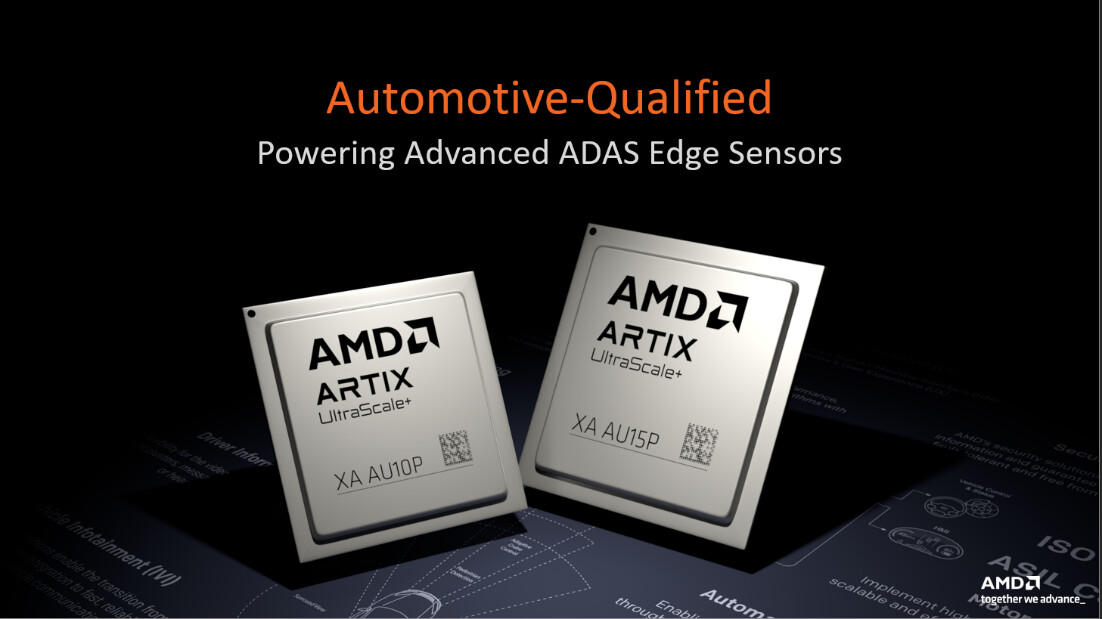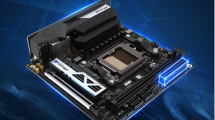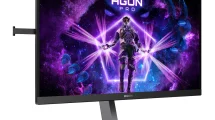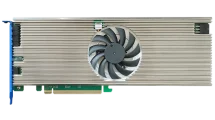As autonomous driving becomes more prevalent, edge sensors such as LiDAR, radar and 3D surround view camera systems are becoming more common in the automotive market. This is leading to an increasing need for fast signal processing, low-cost devices and more compact form factors as more sensors are required for autonomous driving. In addition, functional safety is critical for many autonomous applications.
To address these market needs, AMD is introducing two new additions to the AMD Automotive XA Artix UltraScale+ family: the low-cost XA AU10P and XA AU15P processors. These processors are specifically optimized for use in driver assistance system (ADAS) sensor applications. The Artix UltraScale+ devices extend the existing range of automotive-grade FPGAs and adaptive SoCs that feature proven functional safety and high scalability. They thus complement the existing automotive-grade Spartan 7, Zynq 7000 and Zynq UltraScale+ product families.

The XA Artix UltraScale+ processors have achieved ASIL-B certification for functional safety, which is critical for automotive ADAS sensors. This certification enables customers, which include automotive manufacturers, robotics developers and Tier 1 suppliers, to accelerate the development of autonomous vehicles. With the increasing complexity of automotive systems, safety is becoming more and more important. Automakers and Tier 1 suppliers are demanding ASIL-B certification for LiDAR, radar and smart edge sensor applications. Ian Riches, vice president of the Global Automotive Practice at TechInsights, emphasized, “With the introduction of the new XA Artix UltraScale+ devices, AMD is demonstrating its ongoing commitment and investment in the latest functional safety solutions for the automotive market.”
Customers are already using the new devices to develop next-generation ADAS edge systems. As a result, a leading LiDAR company is using the XA Artix UltraScale+ building blocks for autonomous applications. Automotive developers can use these devices to fuse data from multiple edge sensors and perform image and video processing before transferring it to an external SoC. In addition, the new XA Artix UltraScale+ devices can be connected to multiple vehicle displays to enhance infotainment functions. The new XA Artix FPGAs are said to offer high serial bandwidth and signal processing density in an ultra-compact form factor and are available now.
With their high-performance DSP capabilities, the Artix UltraScale+ devices maximize system performance for cost-sensitive and low-power ADAS edge applications, including networking, image and video processing, and secure connectivity. Whereas, I still like to steer myself instead of clamping a tennis ball to the steering wheel of my current car. But navigation and multimedia could use a bit more performance.
Source: AMD































1 Antwort
Kommentar
Lade neue Kommentare
Urgestein
Alle Kommentare lesen unter igor´sLAB Community →